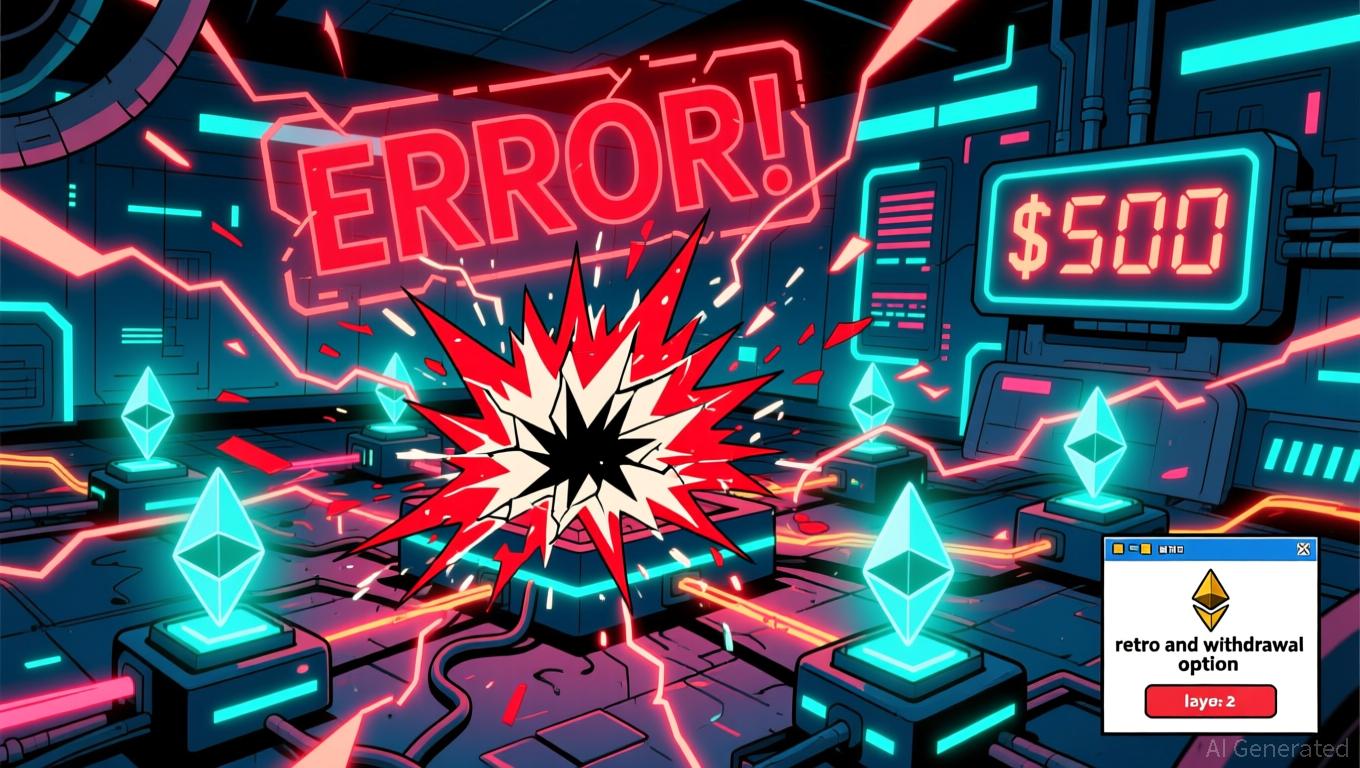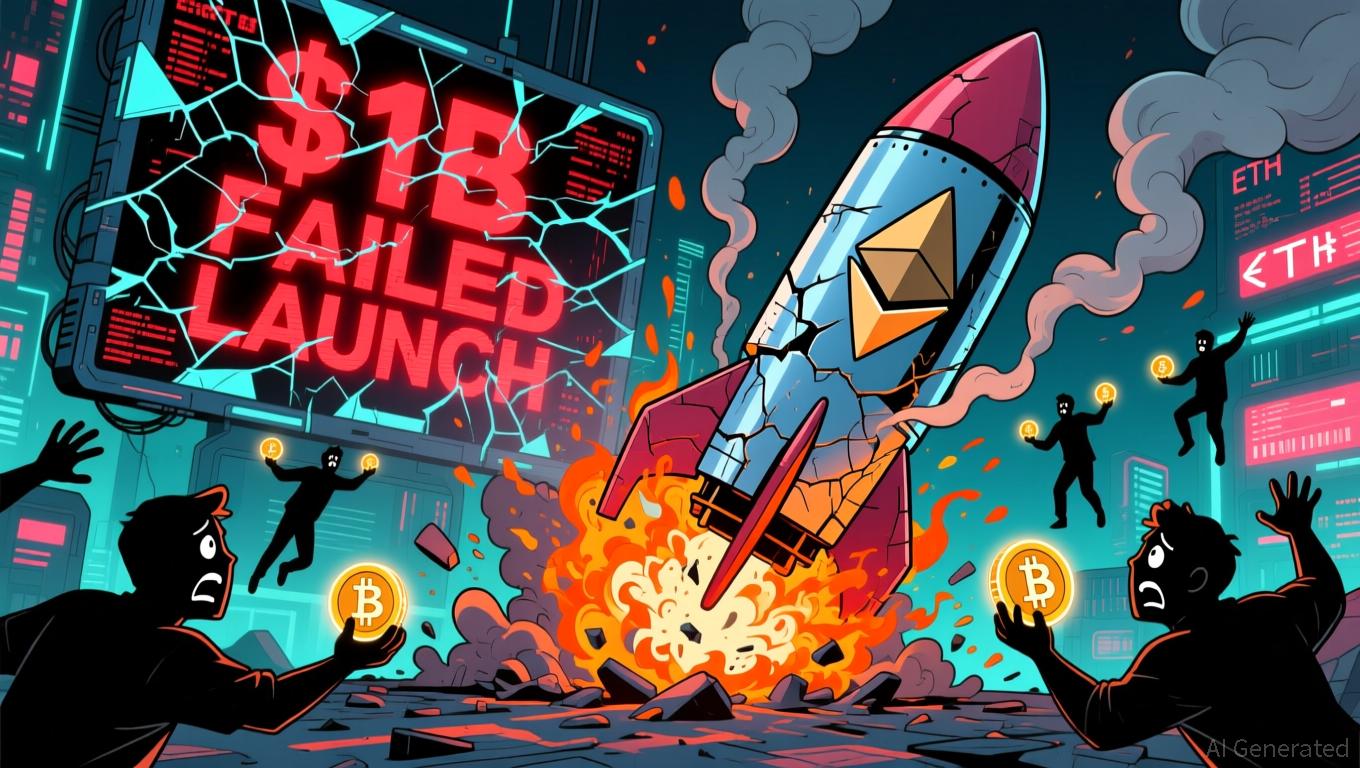Bitcoin NFTs Back in Spotlight as Ordinals Cross 350K Daily Inscriptions
Bitcoin Ordinals, a method of generating non-fungible tokens (NFTs) through a process called inscribing, debuted in January, bringing the NFT and smart contract narrative to the Bitcoin blockchain.

CORRECTION (July 11, 07:30 UTC): Corrects number of inscriptions in the headline and text to 350K daily from 3.5M total.
Activity in Bitcoin Ordinals, a method of generating Bitcoin non-fungible tokens (NFTs) through a process called inscribing, has picked up in the wake of the BRC-69 token standard launch.
The number of new inscriptions rose to over 350,000 on Monday, according to data tracked by blockchain analytics firm .
The daily tally has surged by over 250% since Ordinals launchpad Luminex unveiled the Bitcoin Request for Comment (BRC)-69 token standard on July 3. The modified version of the was launched to reduce the cost of inscriptions for Ordinals by over 90%.
"With BRC69, we can reduce the costs of inscriptions for Ordinals collections by over 90%. This reduction is achieved through a 4-step process: (1) inscribe traits, (2) deploy collection, (3) compile collection, and (4) mint assets," Luminex said in a Tweet thread.
"The brilliance of BRC69 lies in its simplicity. Minters only need to inscribe a single line of text instead of a full image. This text allows the final image to be automatically rendered on all ordinals-frontends, using solely on-chain resources, thanks to recursive inscriptions," Luminex added.
So far, BTC-69 seems to have delivered on its promise.

While the number of new inscriptions has surged, the daily fees paid for inscriptions remain stagnant, according to data tracked by Dune Analytics.
Ordinals in January, bringing the NFT and smart contracts narrative to the Bitcoin blockchain and spurring investor interest in tokens like STX, the native token of Bitcoin layer 2 Stacks Network.
Per Glassnode, the Ordinals boom can be divided into two waves, with the first representing activity between early February and late April. The image-based inscriptions led the first wave, while high free-paying text-based inscriptions led the second wave, which began in May.
"By inscription count, Wave 2 was an order of magnitude larger, however activity has been in consistent decline since May. There has been a brief uptick in text inscriptions this week, however unconfirmed transactions across Bitcoin mempools are starting to clear overall," Glassnode's weekly report published Monday said.
Edited by Parikshit Mishra.
Disclaimer: The content of this article solely reflects the author's opinion and does not represent the platform in any capacity. This article is not intended to serve as a reference for making investment decisions.
You may also like
Bitcoin Updates Today: Bitcoin's Volatility: Surrender or Endurance from Institutions?
- Bitcoin's recent price drop and negative funding rates suggest market capitulation, with open interest collapsing 32% since late October 2025. - Institutional holdings like KindlyMD's $681M BTC stash and Harvard's ETF investments highlight growing long-term confidence in Bitcoin's stability. - Q3 2025 crypto VC surged 290% to $4.65B, while experts diverge: Standard Chartered targets $200K BTC by year-end, Kraken predicts $80K–$100K consolidation. - Macro risks including Japan's reserve rules and AI-drive

MegaETH's $500 Million Technical Issues Underscore DeFi's Ongoing Challenges with Maturity
- MegaETH abandoned plans to expand its $250M token sale after technical failures froze deposits at $500M and triggered unintended transactions. - The protocol announced retroactive compensation for affected users but faced criticism over preventable errors in KYC systems and multisig execution. - The incident highlights DeFi's operational challenges, contrasting with Aztec's success in achieving full decentralization with 525 validators. - Critics argue such missteps risk eroding trust in protocols promis

Paxos Combines Regulated Asset Storage with DeFi Protection Through Fordefi Acquisition
- Paxos acquires Fordefi for over $100M to enhance DeFi custody solutions via MPC wallet integration. - The deal combines Fordefi's institutional-grade security with Paxos' regulated infrastructure for on-chain transaction management. - This marks Paxos' second major acquisition in 2024, following Membrane Finance, as DeFi protocols hold $116B in total value locked. - The move aligns with global regulatory shifts toward DeFi oversight and growing institutional demand for secure crypto infrastructure.
Ambition Surpasses Action as MegaETH's $1 Billion Fundraising Effort Falls Apart
- MegaETH abruptly canceled its $1B token sale after technical failures caused a $500M deposit surge beyond the $250M cap. - KYC system malfunctions and premature multisig execution exposed critical operational vulnerabilities in the project's infrastructure. - While no assets were lost, the incident sparked criticism over preventable errors and raised industry concerns about token sale readiness. - MegaETH faces credibility challenges as it scrambles to fix protocols and offer refunds, highlighting risks

